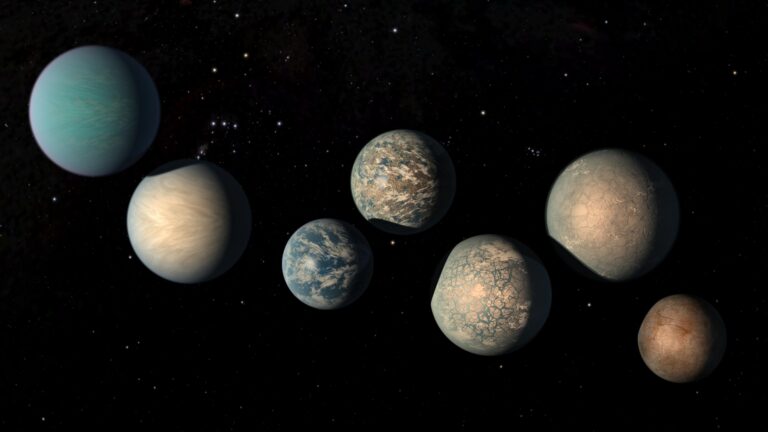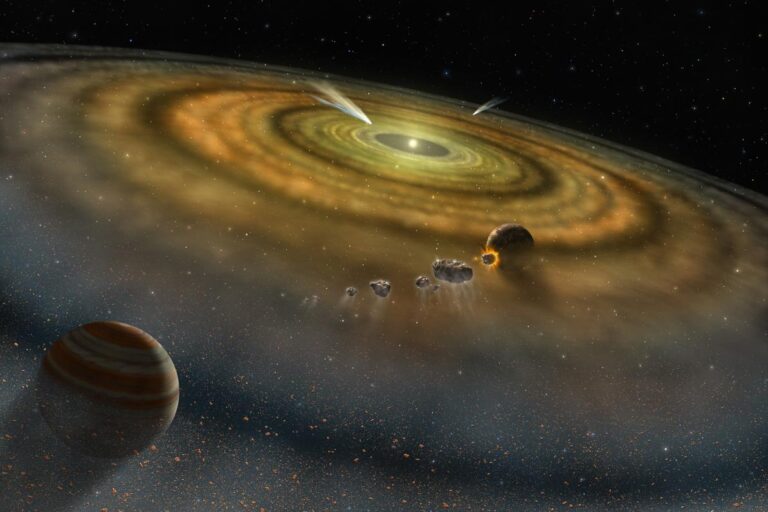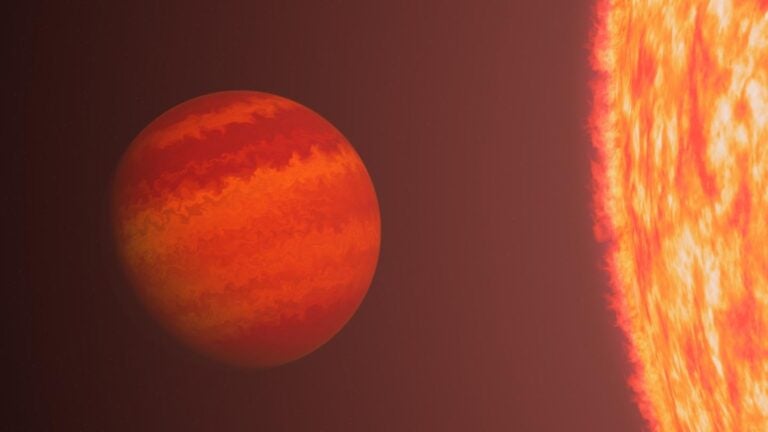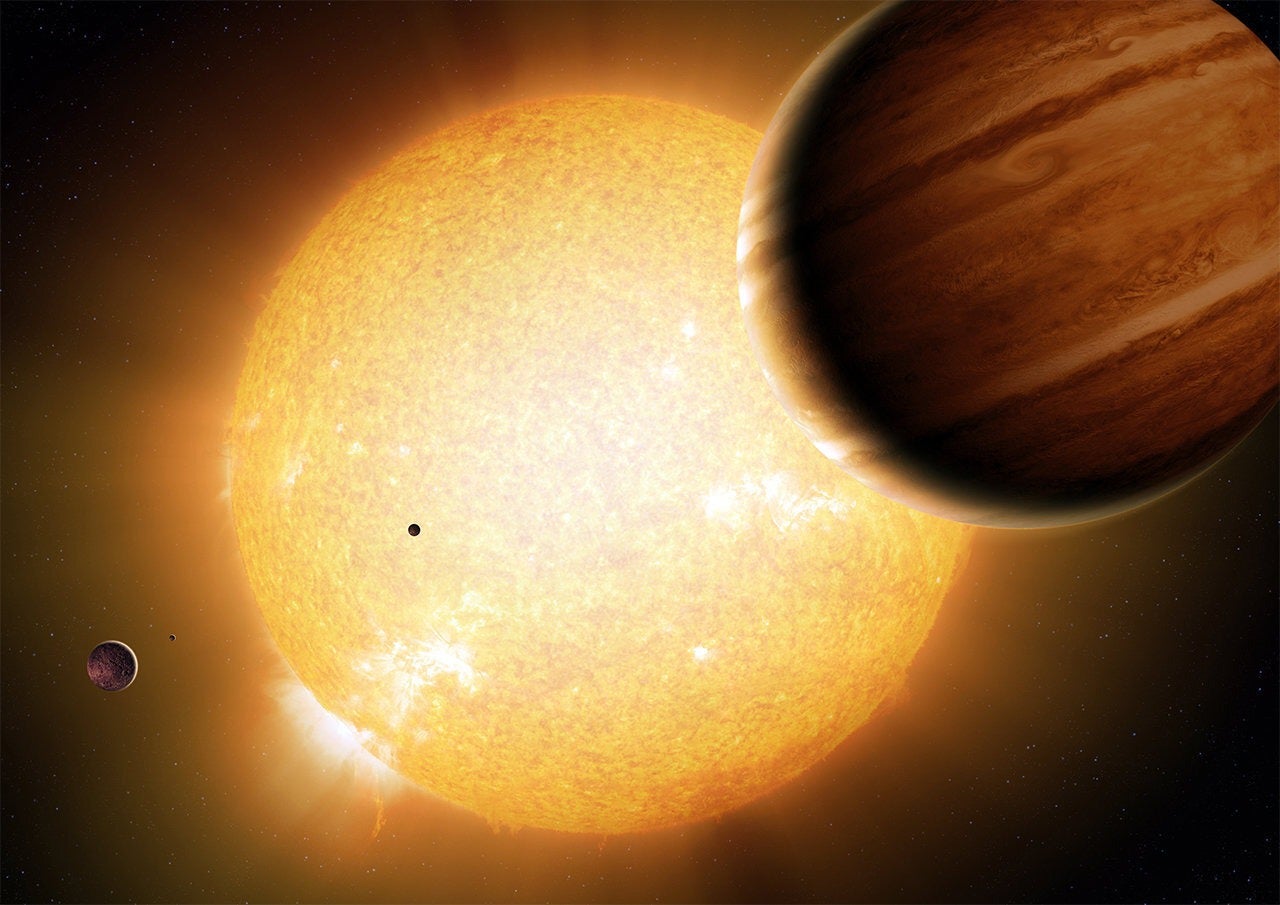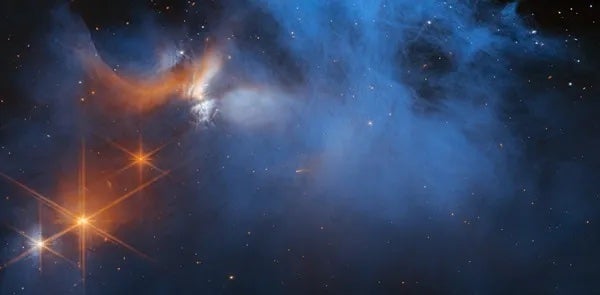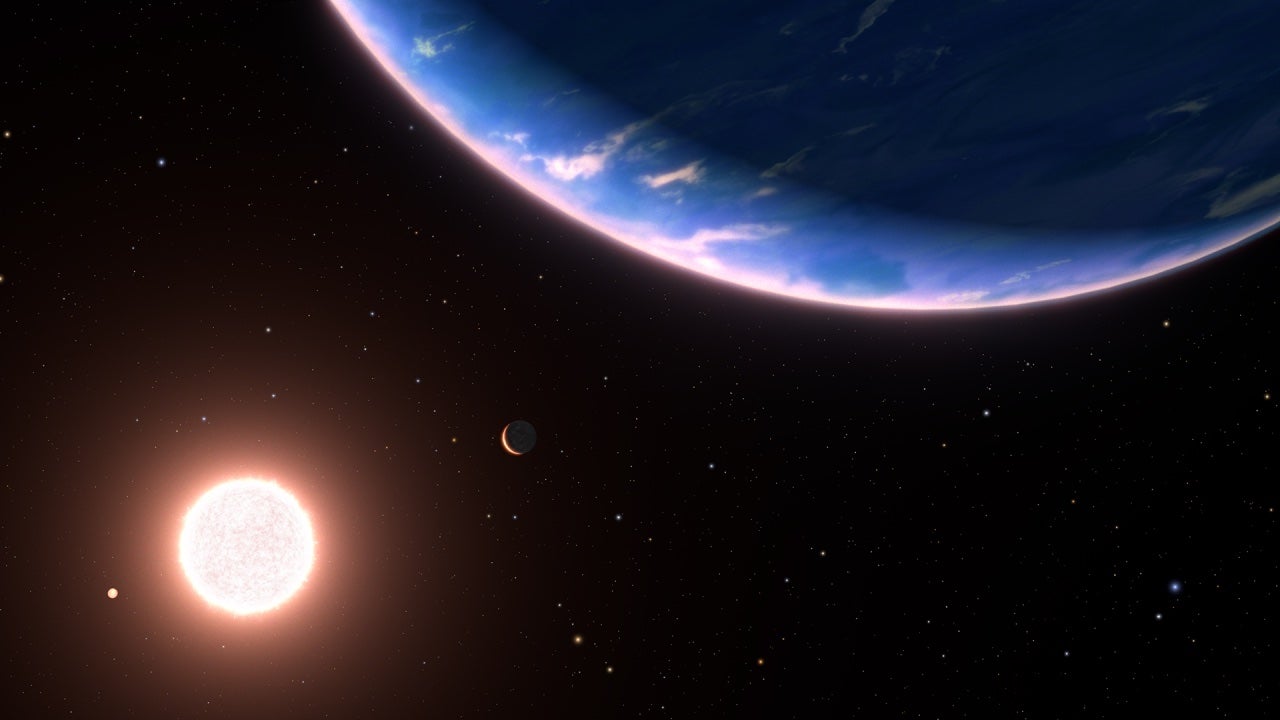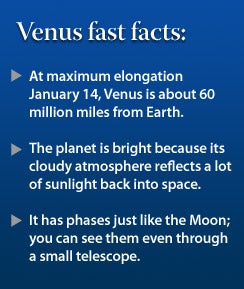
WAUKESHA, Wis. — January’s celestial night-light is Venus. It will remain high above the horizon and shine brightly throughout the month.
On January 14, Venus reaches a point in its orbit known as maximum elongation. This means that from the point of view of an observer on Earth, Venus sits farthest from the Sun and thus highest above the horizon. The planet will also appear brighter than any other point of light in the sky.
“This is a beautiful opportunity to do some basic naked-eye stargazing,” said Daniel Pendick, associate editor of Astronomy. “Enjoy the sunset on the 14th and within a quarter-hour, say hello to Venus.”
Don’t miss a prime photo opportunity January 29 when Venus lies 6° east of a slender 3-day-old crescent Moon. An angular distance of 6° is roughly 12 times the width of the Full Moon. A photo of this scene set against a foreground of trees or a city skyline will be impressive.
Find Venus in your sky with StarDome
Astronomy.com’s interactive star chart, StarDome, displays an accurate map of your sky. It’ll help you locate this spectacle. Astronomy magazine subscribers have access to a slew of cool functions with StarDome PLUS.
More resources from Astronomy.com:
- Astronomy news
- Astronomy basics
- Glossary of astronomical terms
- Return to Astronomy “For the media” page




